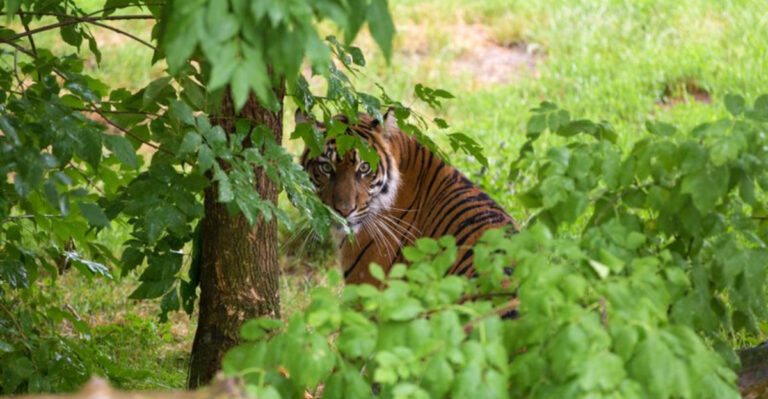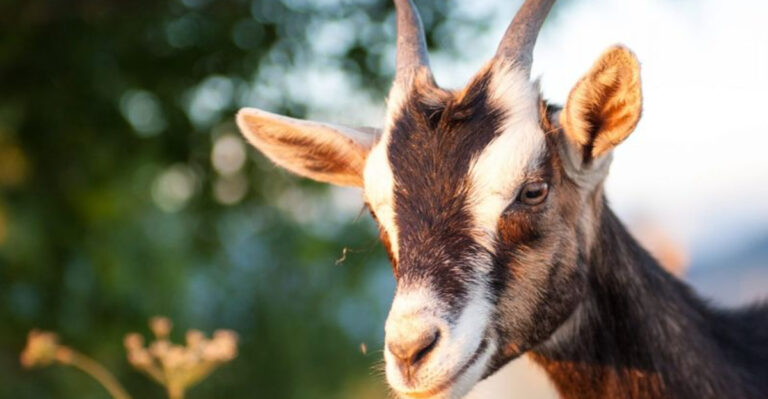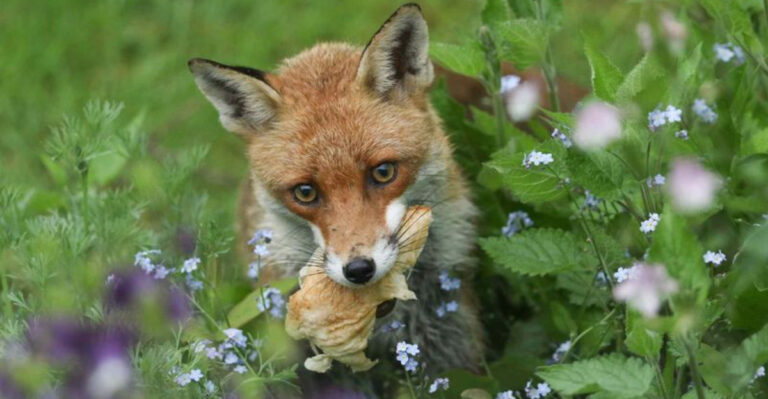16 Fascinating Facts About Tigers And Why Their Numbers Are Falling
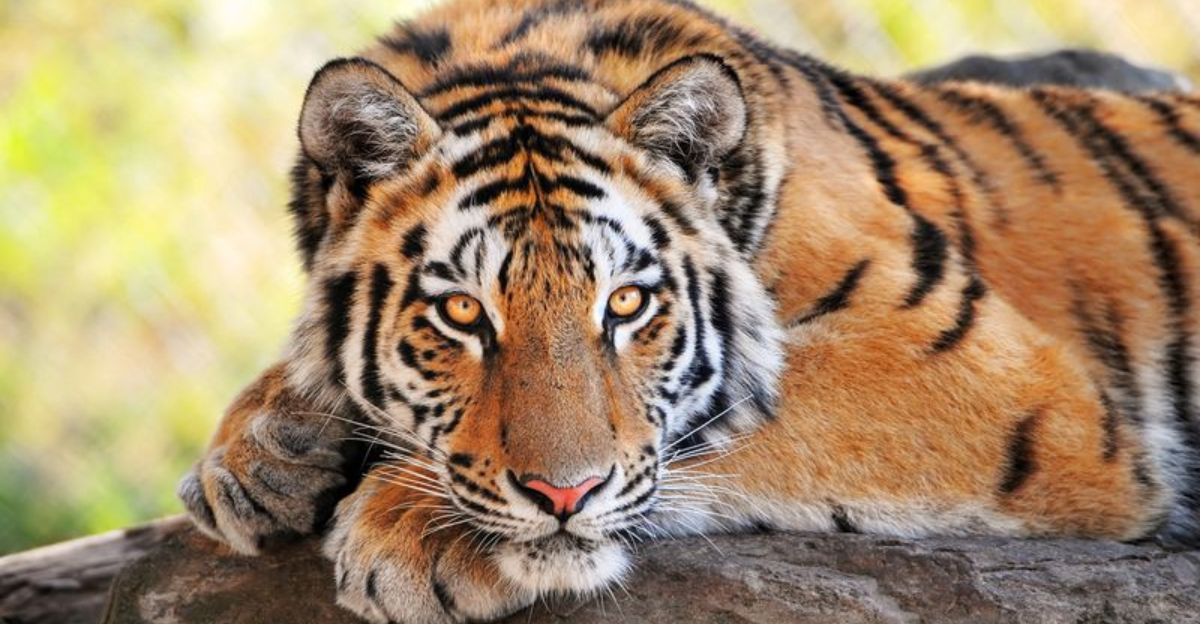
Did you know that the world’s favorite big cat, the tiger, has a few secrets up its striped sleeve?
We’re not talking about its majestic roar or its stunning coat, but the surprising stats that reveal the tiger’s true story.
So, grab your safari hat and let’s embark on a roaring adventure through 16 shocking truths about tiger numbers that will leave you wide-eyed.
1. Tiger Populations Are Shrinking

The number of wild tigers has plummeted to less than 4,000. That’s not a typo! Habitat loss, poaching, and human conflict have all contributed to this dramatic decline.
Each tiger in the wild is more precious than ever. Conservationists are working tirelessly to protect these magnificent creatures, trying to ensure a future with tigers still roaming the forests.
You might think such a powerful animal wouldn’t be vulnerable, but the reality is starkly different.
2. Stripes Like Fingerprints
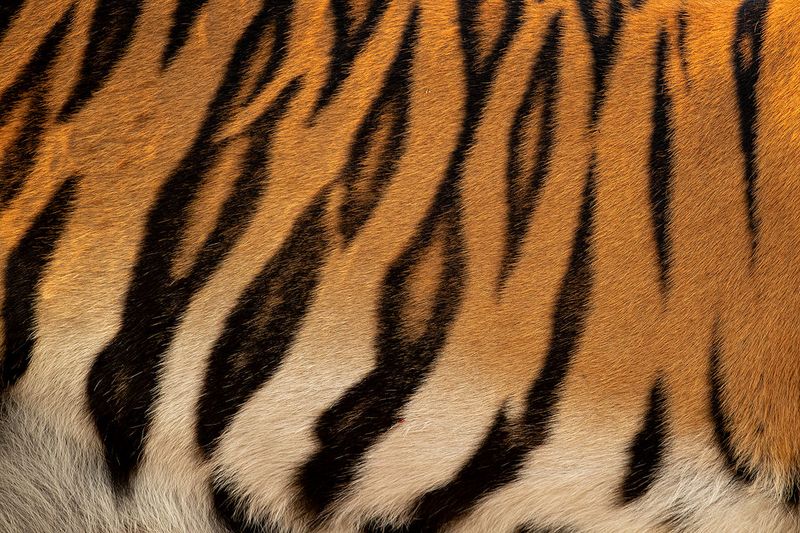
Every tiger’s stripes are as unique as a human’s fingerprints. Those black, bold lines across the orange fur aren’t just for show; they help tigers blend into their surroundings.
Imagine hiding in plain sight! This camouflage is essential for their survival, especially when hunting or avoiding threats.
While we admire their striking beauty, these patterns play a crucial role in their daily lives. Next time you’re lucky enough to see a tiger, think of it as nature’s living artwork.
3. The Largest Cat In The World
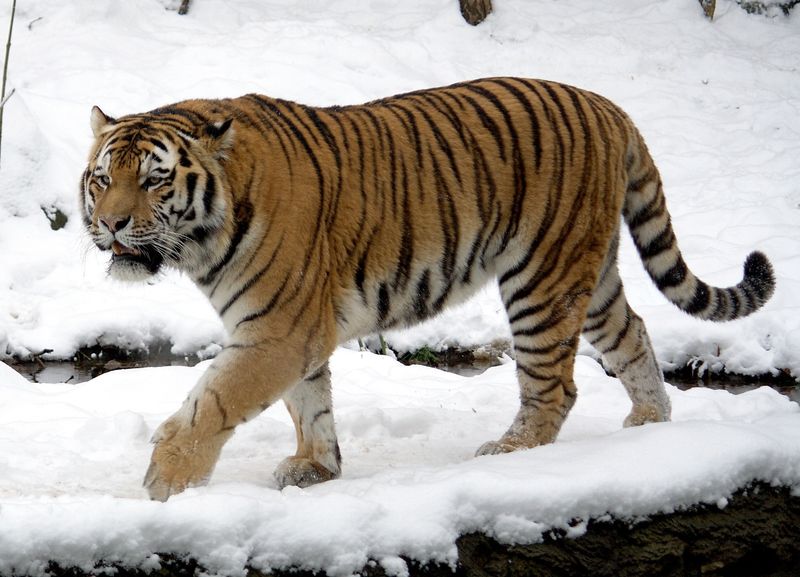
Siberian tigers hold the title of the largest cats on the planet. Picture this: a tiger so big it can weigh more than 600 pounds!
These hefty felines are not only large but also incredibly powerful. Found in the snowy forests of Russia, they’ve adapted to survive in freezing climates, showcasing resilience.
Their size isn’t just for show; it’s a testament to the tiger’s ability to thrive in varied environments.
4. Tigers Love Water
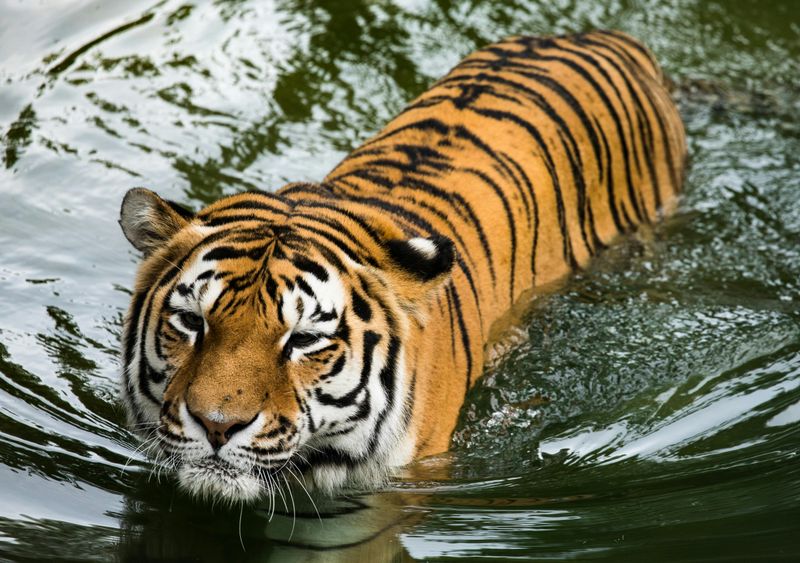
Unlike most cats, tigers are natural swimmers and often enjoy a good dip. Imagine a giant feline paddling through the water with grace and power!
This love for water helps them cool down in hot climates and can even enhance their hunting tactics. In places like the Sundarbans, water is crucial for their survival.
It’s a quirky trait, making the tiger even more fascinating and a bit relatable, don’t you think?
5. Territorial Tigers
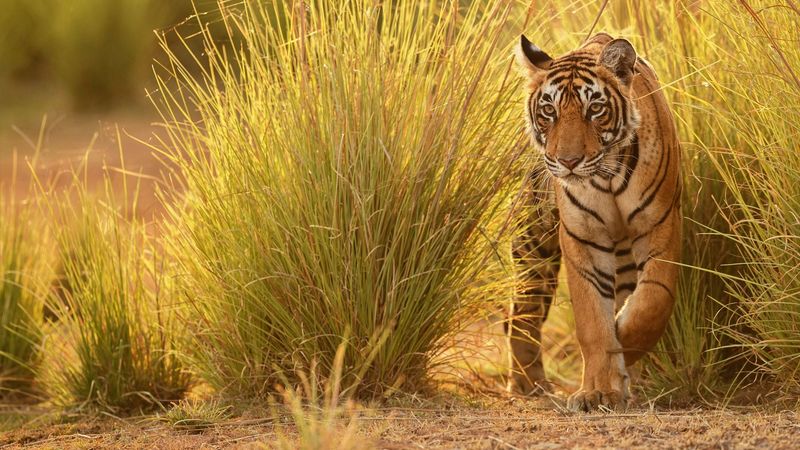
Tigers are fiercely territorial creatures. Each one needs plenty of space to roam, hunt, and live comfortably.
Picture a tiger wandering through its domain, marking territory to warn others to stay away. It’s a tough world out there, and space equals survival.
When territories overlap, things can get tense, leading to dramatic face-offs. This territorial nature plays a significant role in their behavior and survival strategies.
6. A Tiger’s Roar Can Be Heard For Miles

The roar of a tiger is not just a sound; it’s a statement that echoes across the jungle, reaching distances of up to two miles.
This powerful vocalization isn’t just for show; it serves important communication and territorial purposes. Imagine the jungle silent, then suddenly filled with the commanding roar of a tiger.
It’s a bone-chilling reminder of their dominance. Next time you hear about a tiger’s roar, think of it as nature’s loudspeaker.
7. Tigers In The Snow
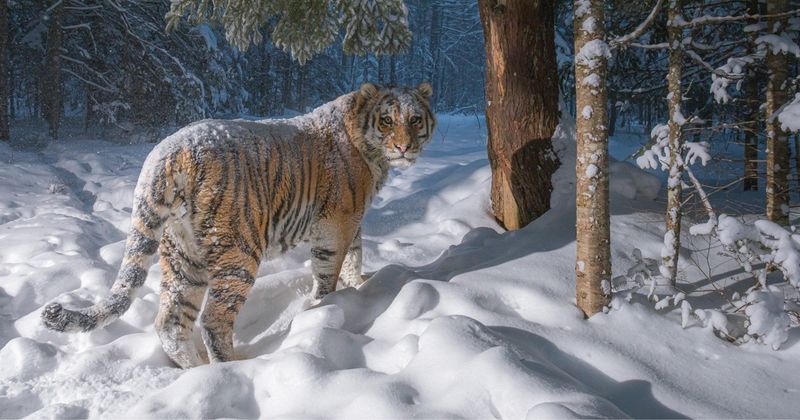
Did you know some tigers thrive in icy climates? The Amur tiger, often called the Siberian tiger, is perfectly at home in snow-covered forests.
These tigers are a testament to adaptation, surviving where few others can. Their snowy habitat adds an extra layer to their mysterious allure, making them truly unique among their kind.
8. A Tiger’s Night Vision
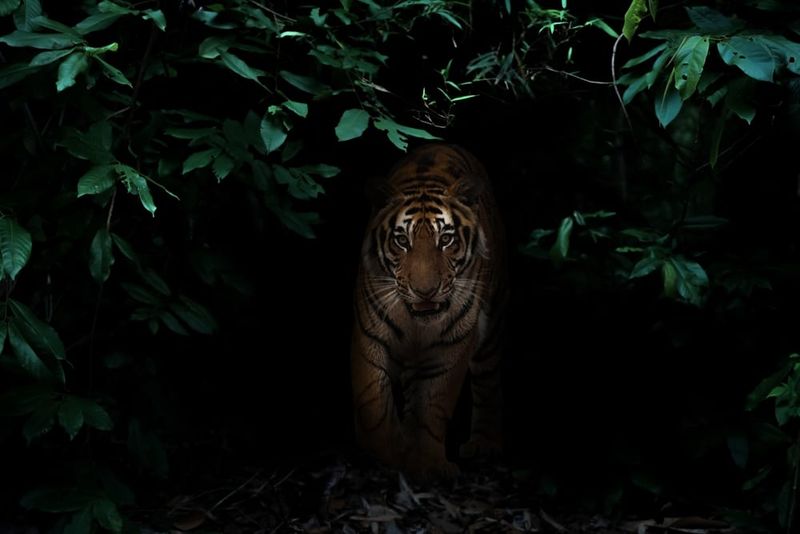
Tigers have extraordinary night vision, allowing them to hunt with precision in the dark. Imagine having eyes that can see in near-total darkness! This skill gives them a significant advantage over their prey, turning the night into their hunting ground. While humans might fumble in the dark, tigers move with confidence and stealth. It’s just another feature that makes them the ultimate predators.
9. The Mystery Of The White Tiger
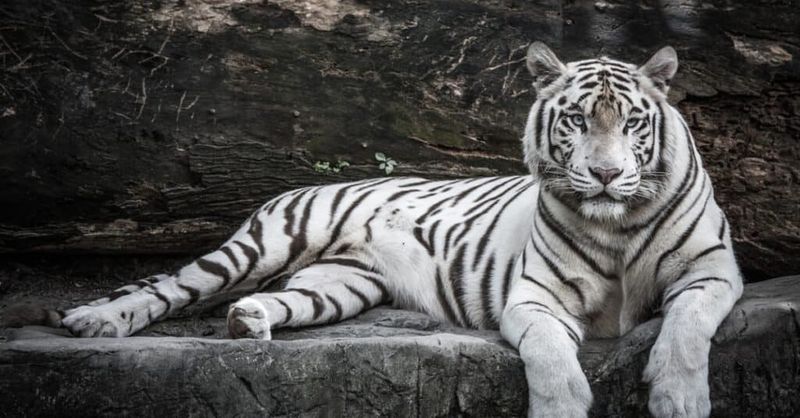
Not all tigers are orange! The elusive white tiger is a rare variant, its striking appearance due to a genetic mutation.
Their rarity adds to their beauty, making them unforgettable. Seeing one is like witnessing a living legend, a reminder of nature’s surprises.
10. The Stealth Of A Tiger
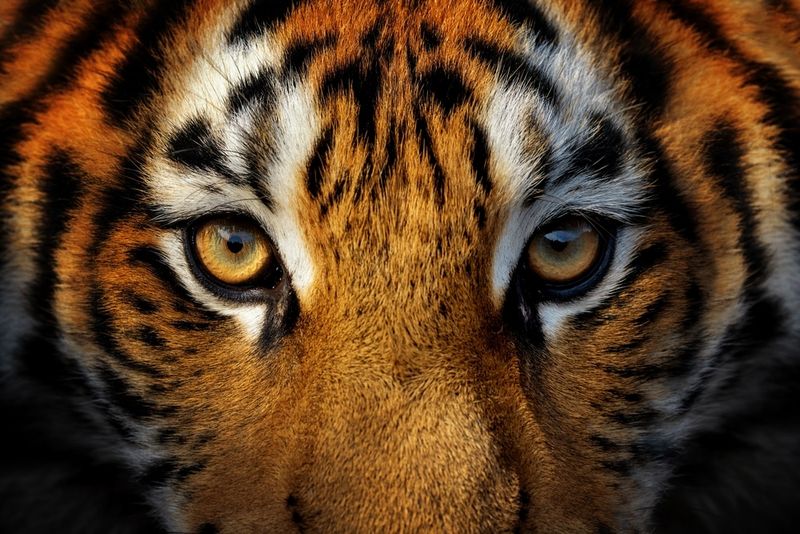
Tigers are masters of stealth, able to move silently through dense vegetation.
Imagine a 600-pound predator that can sneak up unnoticed! It’s a skill essential for hunting, allowing them to get close to their prey before pouncing.
Their ability to blend into the environment and move silently is both amazing and a bit eerie. This stealth makes them one of the most efficient hunters in the animal kingdom.
11. Tigers In Mythology
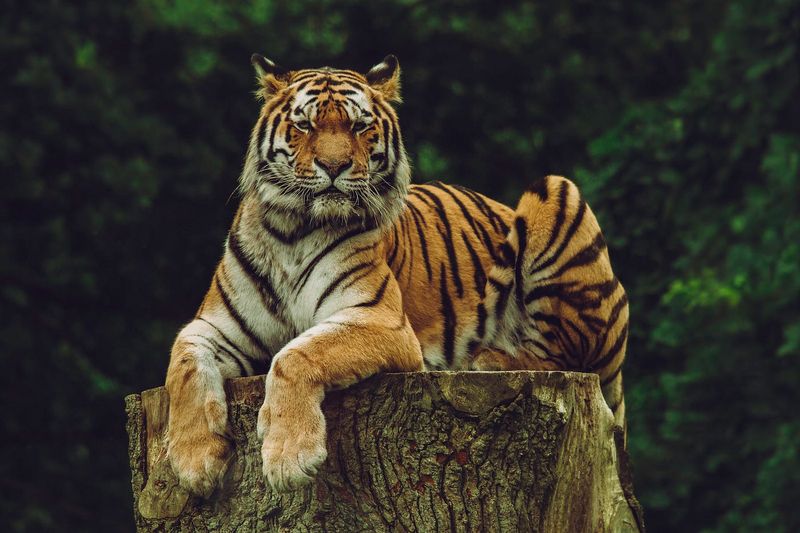
Throughout history, tigers have roared their way into legends and myths across cultures. From Asia to Europe, these majestic felines have been symbols of power, courage, and mystery.
They’ve inspired awe and respect, becoming cultural icons. This mythical status adds a layer of intrigue to an already fascinating animal.
12. The Tiger’s Diet
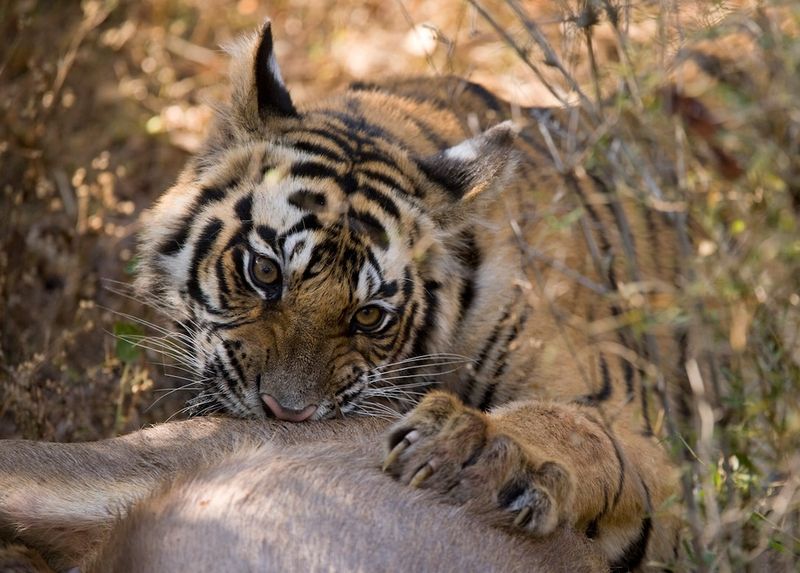
What’s on a tiger’s menu? From deer to wild boar, these big cats aren’t picky eaters. Picture a tiger feasting in the wild, showcasing its role as a top predator.
This carnivorous diet is crucial for maintaining the balance in their ecosystems. Their hunting prowess ensures only the fittest prey survive, keeping the animal kingdom in check.
It’s a role that highlights their importance in nature’s complex web.
13. Tigers Are Solitary
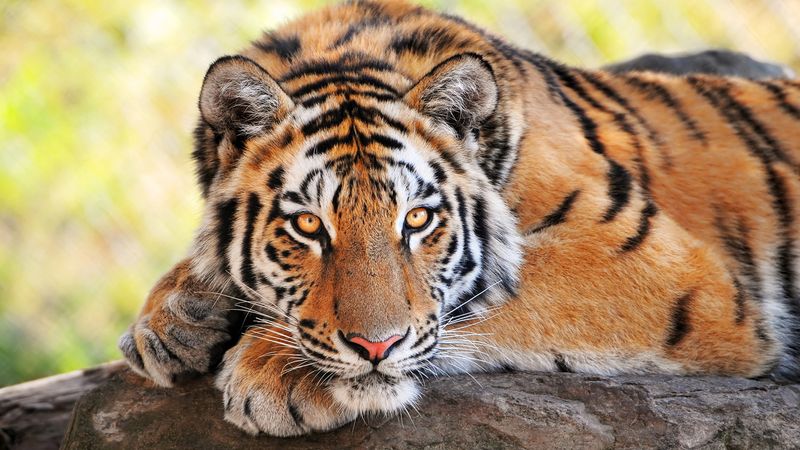
Unlike lions who love a good social gathering, tigers prefer solitude. Imagine a graceful giant wandering through the jungle alone, enjoying its own company.
This solitary nature is essential for their survival, reducing competition for resources. It might seem lonely, but for a tiger, it’s just the way life is meant to be.
Their independence and self-reliance are what make them intriguing loners in the animal world.
14. The Color-Changing Tiger
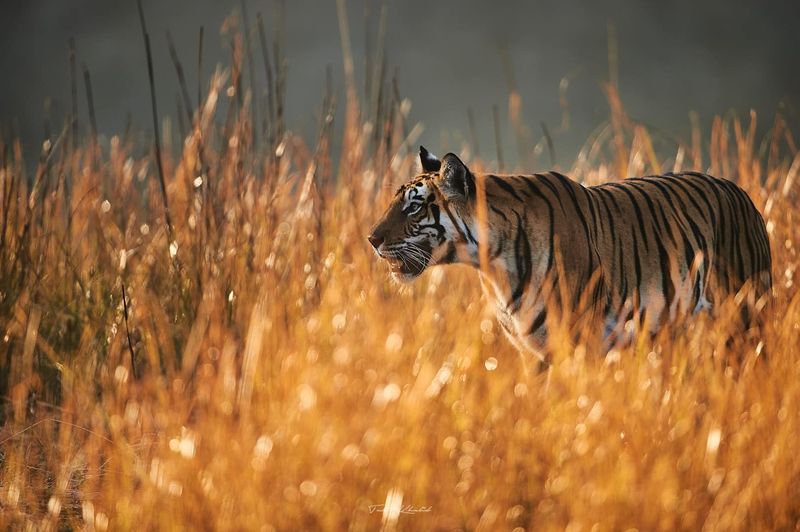
As the sun sets, a tiger’s coat seems to change color, blending seamlessly with twilight hues. Picture a camouflage so perfect it changes with the time of day!
This adaptability helps tigers remain unseen, stalking prey with the utmost stealth.
Nature’s painter, the tiger, is always ready for any light, any time.
15. Tigers And The Triple Threat
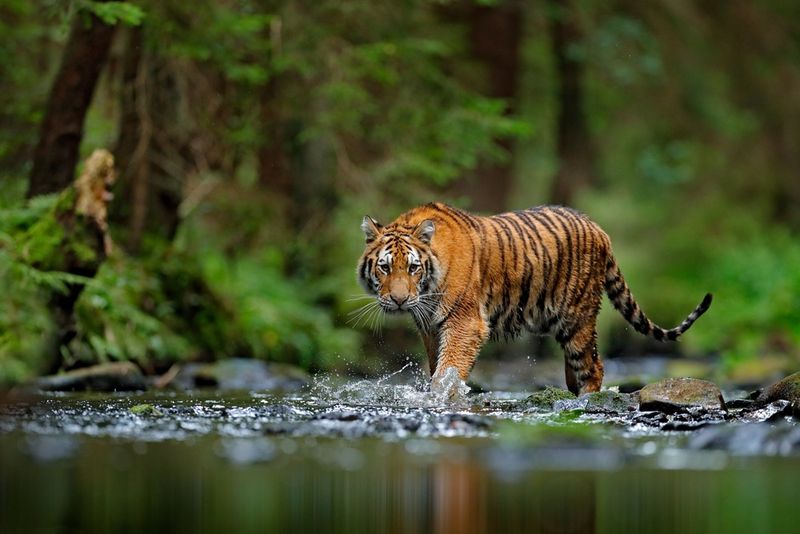
Tigers face a triple threat: habitat loss, poaching, and climate change. Imagine their world shrinking as forests vanish, illegal hunters loom, and weather patterns shift.
These challenges are daunting, but conservation efforts are ongoing to ensure their survival. It’s a race against time, with many fighting to keep tigers in the wild.
Despite their size and strength, they need our help to overcome these threats.
16. Tiger Cubs – A New Hope
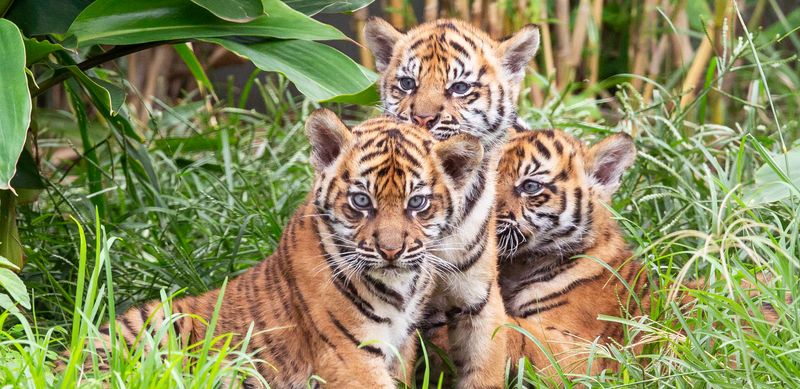
Tiger cubs are a symbol of hope. Imagine tiny paws and playful antics in the wild, each cub a promise of continuity.
These little ones face a tough world, but with protection, they hold the future of their species.
Conservation programs focus on ensuring these cubs grow up safe and strong, ready to roam the forests. Their playful nature and innocence remind us why it’s crucial to preserve their habitats.

